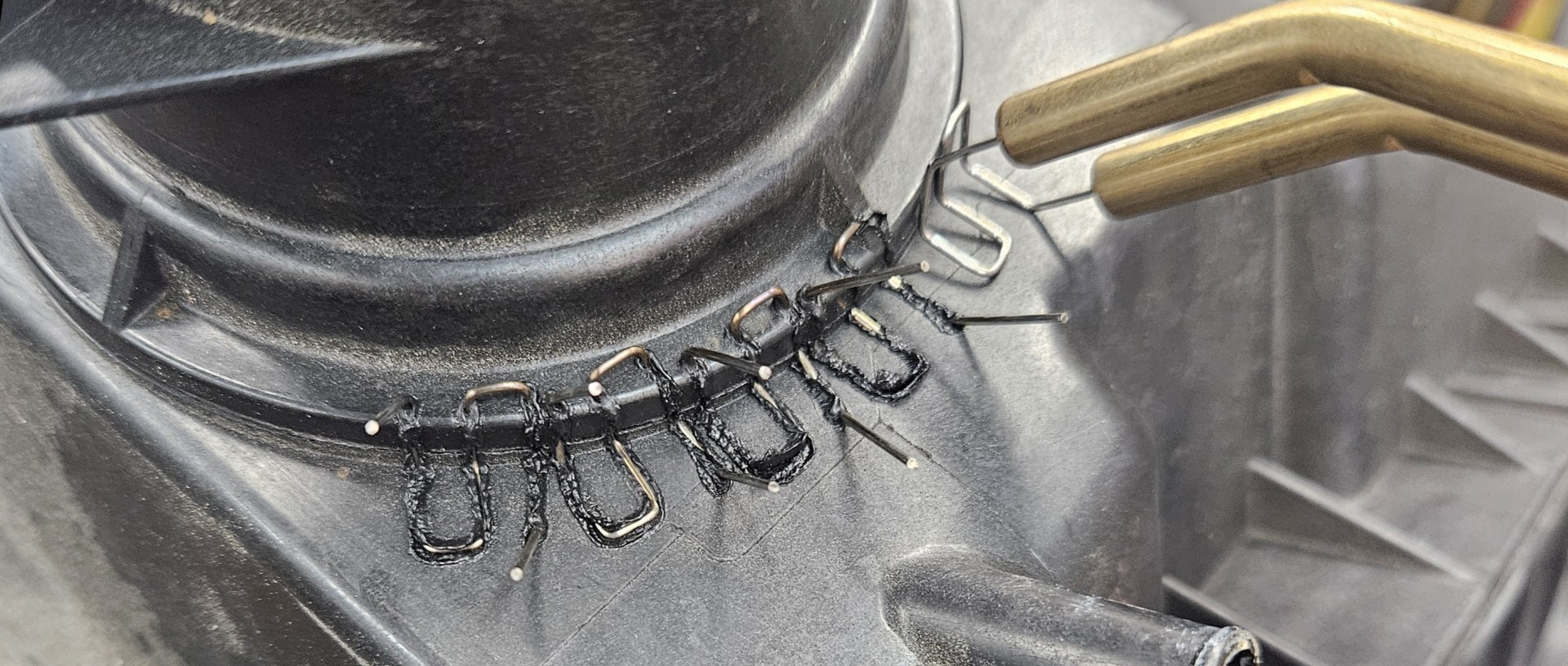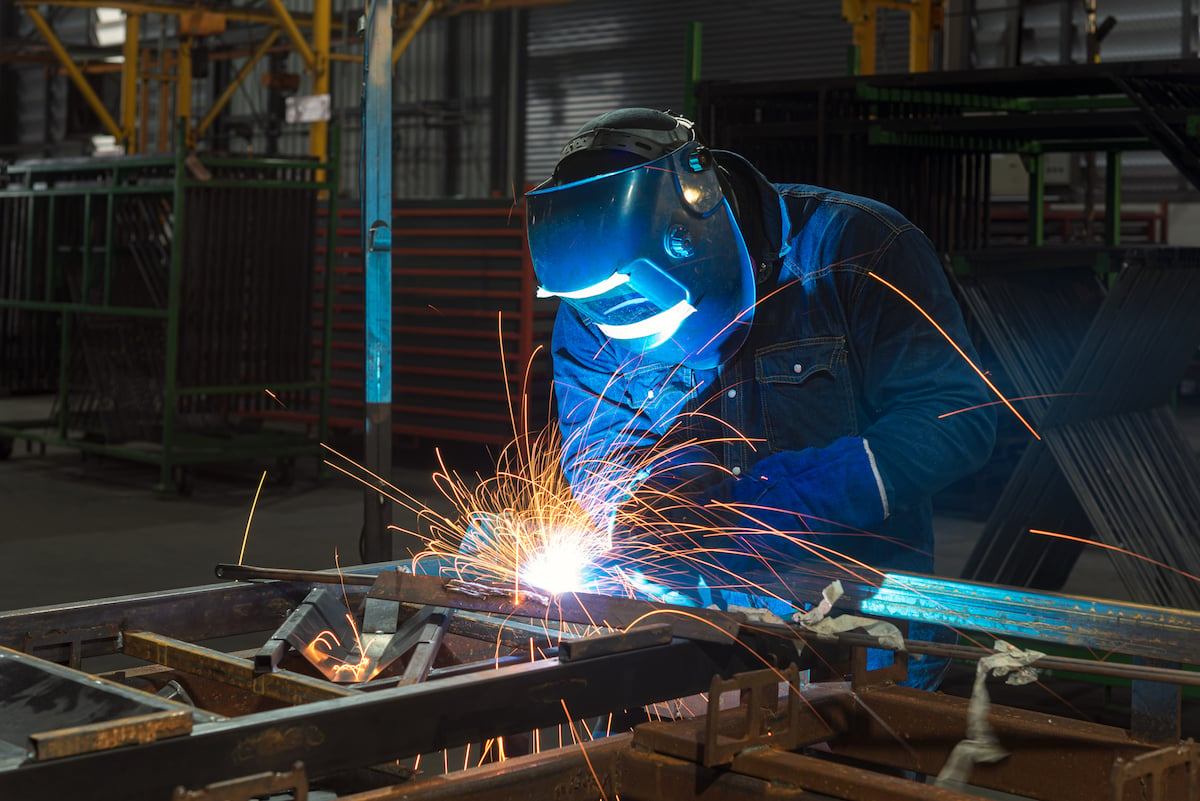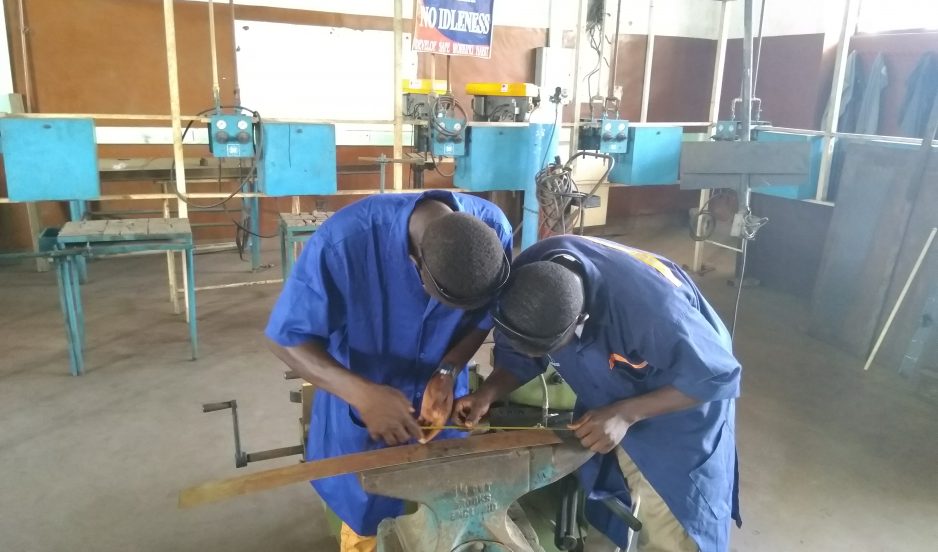Typical Welding Repair Issues and Exactly How to Address Them Efficiently
Welding repairs often encounter a variety of problems that can jeopardize the stability of the last item. Typical troubles include insufficient penetration, porosity, and imbalance, to name a few. Each flaw offers distinct obstacles that need certain approaches for resolution. Understanding these problems is necessary for welders intending to boost their skills and results. This discussion will certainly check out these typical welding fixing concerns and reliable approaches to address them.
Insufficient Infiltration
Poor penetration happens when the weld steel falls short to completely fuse with the base product, leading to weak joints and potential architectural failings. This concern frequently comes from inadequate warm input, inaccurate electrode angle, or incorrect welding rate. Welders might come across poor infiltration because of a mistake of the essential criteria for a certain product density or type. Additionally, contamination on the base product's surface can prevent reliable bonding, aggravating the issue. To address insufficient penetration, welders ought to assure proper settings on their equipment and maintain a tidy job surface. Routine assessment of welds is advised to identify any deficiencies early, permitting prompt adjustments and the avoidance of endangered architectural honesty in bonded assemblies.
Porosity
Porosity is a typical flaw in welded joints that materializes as tiny gas bubbles trapped within the weld metal. This flaw can endanger the stability of the weld, resulting in decreased stamina and possible failure under anxiety. Belgrade. Porosity typically arises from contamination, moisture, or improper welding methods, which permit gases to run away right into the liquified weld pool. To address porosity, welders must ensure correct surface area preparation, keep a clean workplace, and use appropriate welding criteria. In addition, picking the ideal filler product and shielding gas can minimize gas entrapment. Routine examination and screening of welds can assist identify porosity early, guaranteeing prompt corrective actions are taken, therefore maintaining the high quality and integrity of the bonded framework
Misalignment
Imbalance in welding can emerge from numerous elements, consisting of inappropriate configuration and thermal growth. Comprehending the origin is necessary for efficient resolution. Numerous improvement techniques are offered to realign components and ensure architectural stability.
Reasons for Imbalance
Welding misalignment commonly originates from a variety of underlying issues that can endanger architectural honesty. One primary cause is inappropriate fit-up of elements prior to welding, which can cause voids and uneven surface areas. Variations in thermal growth during the welding procedure can also result in distortion, particularly if the products being joined have different coefficients of growth. Furthermore, inadequate clamping and fixturing might fail to hold parts safely in position, causing movement during welding. Badly maintained equipment, consisting of welding devices and devices, may present incongruities in the weld bead, further adding to misalignment. Operator error, stemming from not enough training or experience, can likewise play a considerable function in producing misaligned welds.

Correction Methods Offered
Addressing imbalance successfully requires a mix of rehabilitative methods customized to the particular concerns handy. One typical method is making use of jigs or components to hold parts in the right setting during welding, ensuring consistent positioning. In addition, preheating the products can help in reducing distortion and boost fit-up. For considerable imbalance, mechanical realignment methods, such as using hydraulic jacks or clamps, can be employed to deal with the placement before welding. Post-weld heat therapy might also be required to soothe tensions caused by imbalance. Careful examination and change during the setup phase can stop misalignment problems from coming to be significant problems, advertising a smoother welding procedure and improving general structural stability.
Distortion
Distortion is a typical challenge in welding that can arise from numerous elements, including irregular heating & cooling. Comprehending the root causes of distortion is crucial for carrying out efficient prevention techniques. Addressing this issue not only enhances structural integrity however also enhances the overall high quality of the weld.
Causes of Distortion
When based on the extreme warmth of welding, products commonly undertake changes that can lead to distortion. This sensation mostly arises from thermal development and contraction throughout the welding process. As the weld area warms up, the product increases; upon air conditioning, it gets, which can produce internal anxieties. Furthermore, irregular heating across a work surface can exacerbate these anxieties, causing bending or flexing. The kind of material likewise plays a substantial role; metals with differing thermal conductivity and coefficients of growth may react differently, leading to uncertain distortions. In addition, bad joint style and poor fixturing can add to imbalance throughout welding, increasing the chance of distortion. Recognizing these reasons is crucial for efficient welding repair service and avoidance methods.
Avoidance Techniques
Reliable avoidance strategies for distortion throughout welding concentrate on regulating heat input and ensuring appropriate joint layout. Preserving a consistent warm input aids to decrease thermal development and contraction, which can cause distortion. Using techniques such as preheating the workpiece can additionally minimize the temperature gradient, promoting consistent heating. In addition, choosing proper joint styles, such as T-joints or lap joints, can enhance security and decrease stress and anxiety focus. Applying proper fixturing to safeguard the work surfaces in place additionally aids in preserving alignment throughout the welding process. Staggered welding series can distribute heat a lot more equally, avoiding local distortion. By applying these approaches, welders can significantly lower the likelihood of distortion and enhance the total quality of their welds.
Splitting
Breaking is a common issue come across in welding fixings, typically resulting from i loved this numerous variables such as improper air conditioning prices, material selection, or poor joint preparation. The event of splits can considerably endanger the integrity of the weld, resulting in possible failings during operation. To resolve this concern, welders have to initially analyze the origin, ensuring that materials work and properly selected for the details application. Furthermore, managing the air conditioning rate throughout the welding procedure is important; rapid air conditioning can cause tension and lead to cracking. Appropriate joint layout and preparation additionally add to lessening the danger. Carrying out these techniques can enhance weld high quality and toughness, ultimately minimizing the probability of breaking in finished weldments.

Incomplete Blend
A considerable issue in welding repair work is insufficient fusion, which occurs when the weld steel does not appropriately bond with the base product or previous weld passes - Montana Mobile Welding and Repair Welding. This flaw can lead to weaknesses in the joint, potentially endangering the honesty of the bonded framework. Elements contributing to insufficient blend consist of inadequate warmth input, inappropriate welding method, and contamination of the surface areas being signed up with. To address this concern successfully, welders need to assure appropriate pre-weld cleaning and surface preparation, along with readjust their welding specifications to achieve adequate penetration and fusion. Regular examination throughout the welding process can likewise aid identify insufficient combination early, enabling timely restorative steps to boost the total top quality of the weld
Overheating
While welding repair services can enhance architectural stability, overheating presents a considerable obstacle that can result in product destruction. Excessive heat during welding can change the mechanical homes of steels, causing lowered toughness, raised brittleness, and warping. This sensation is specifically essential in high-stress applications where architectural reliability is extremely important. Determining overheating can involve visual inspections for discoloration or distortion, as well as keeping click for source an eye on temperature throughout the welding process. To reduce the threats linked with getting too hot, welders ought to employ ideal techniques, such as controlling heat input, readjusting travel speed, and using suitable filler materials. Additionally, executing pre- and post-weld warmth therapies can assist bring back material buildings and enhance the general quality of the repair, guaranteeing lasting performance and security.
Frequently Asked Questions
What Are the Common Signs of a Welding Problem?

Exactly How Can I Examine My Welds for Top quality?
To check welds for top quality, one can utilize aesthetic examinations, ultrasonic screening, and radiographic techniques. Each method ensures structural integrity, recognizes problems, and confirms adherence to specified requirements, inevitably enhancing the reliability of the welded joints.
What Safety Safety Measures Should I Take While Welding?
When welding, one must focus on safety and security by putting on ideal personal protective tools, making certain correct ventilation, safeguarding flammable products away, maintaining a clean work space, and understanding environments to stop accidents and injuries.
Can I Fix a Weld Without Redesigning the Entire Joint?
Repairing a weld without redoing the entire joint is possible, relying on the damage (Montana Mobile Welding and Repair Belgrade Welding). Strategies such as grinding, adding filler product, or making use of a welding process can successfully deal with details problems while preserving the bordering structure
What Equipment Are Essential for Reliable Welding Repairs?
Necessary tools for reliable welding repairs consist of a welding device, wire brush, grinder, protective gear, clamps, and filler materials. Each tool plays a crucial function in ensuring top quality and security throughout the fixing process. Porosity commonly occurs from contamination, dampness, or incorrect welding strategies, which enable gases to get away right into the liquified weld pool. Badly conserved tools, including welding machines and tools, may introduce variances in the weld grain, additional contributing to misalignment. When subjected to the intense warm of welding, materials often undergo modifications that can lead to distortion. Fracturing is a common issue experienced in welding repair work, commonly resulting from various factors such as incorrect air conditioning rates, material selection, or poor joint prep work. A significant issue in welding fixings is insufficient fusion, go to the website which happens when the weld metal does not sufficiently bond with the base material or previous weld passes.